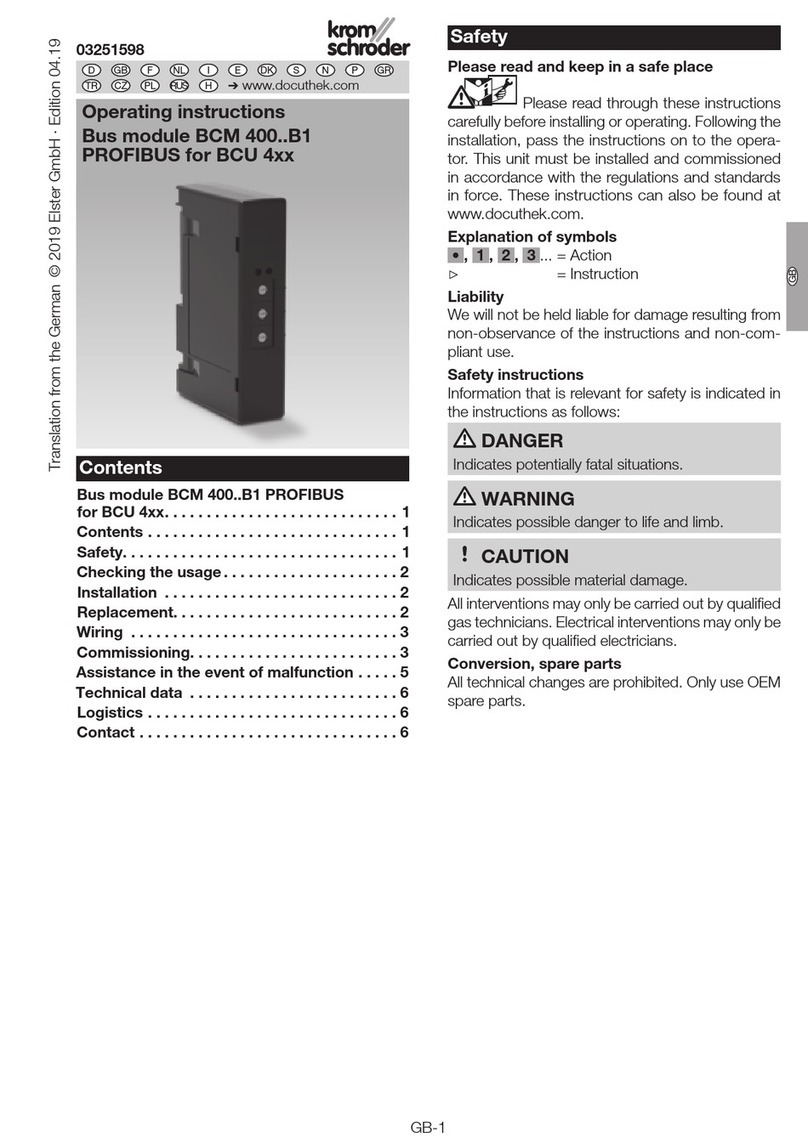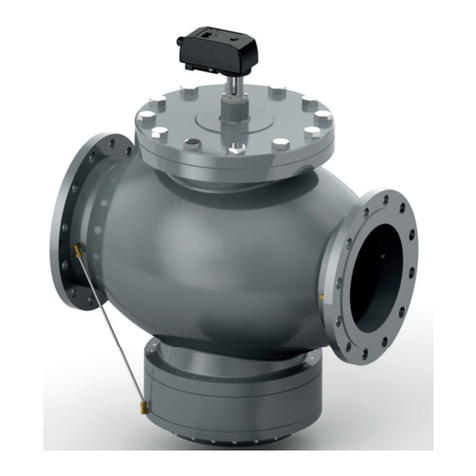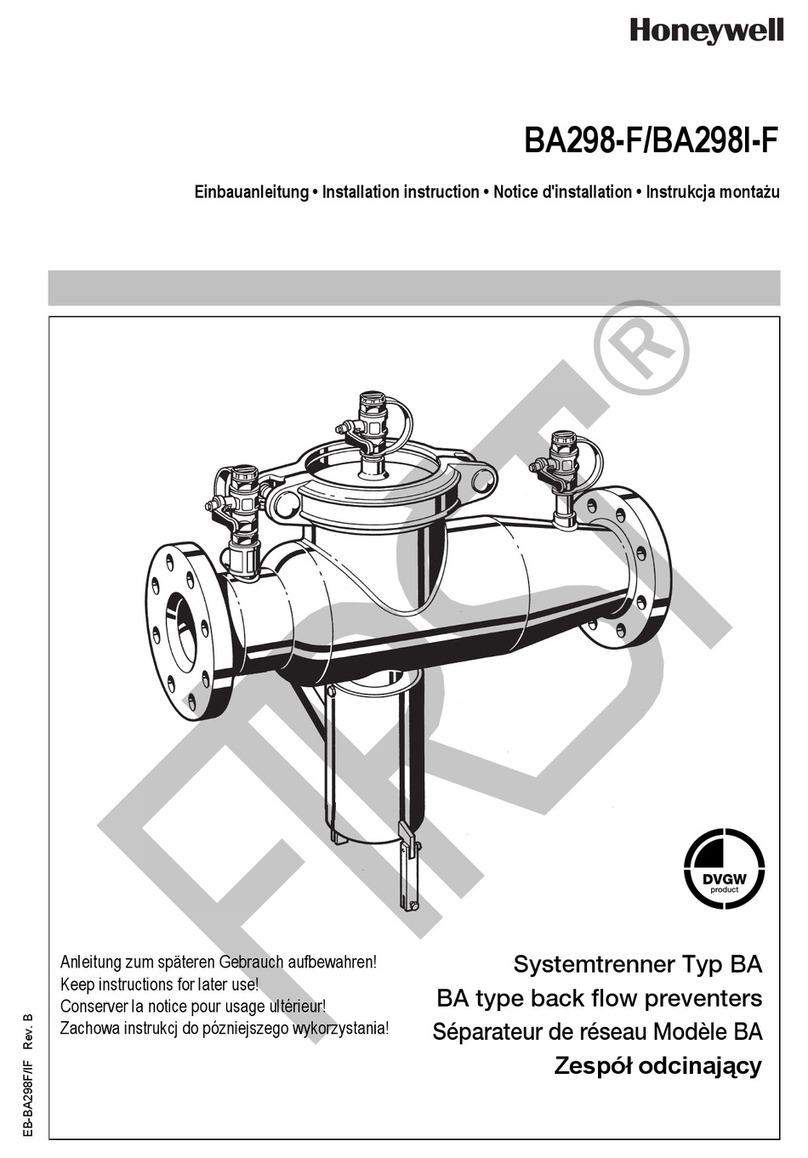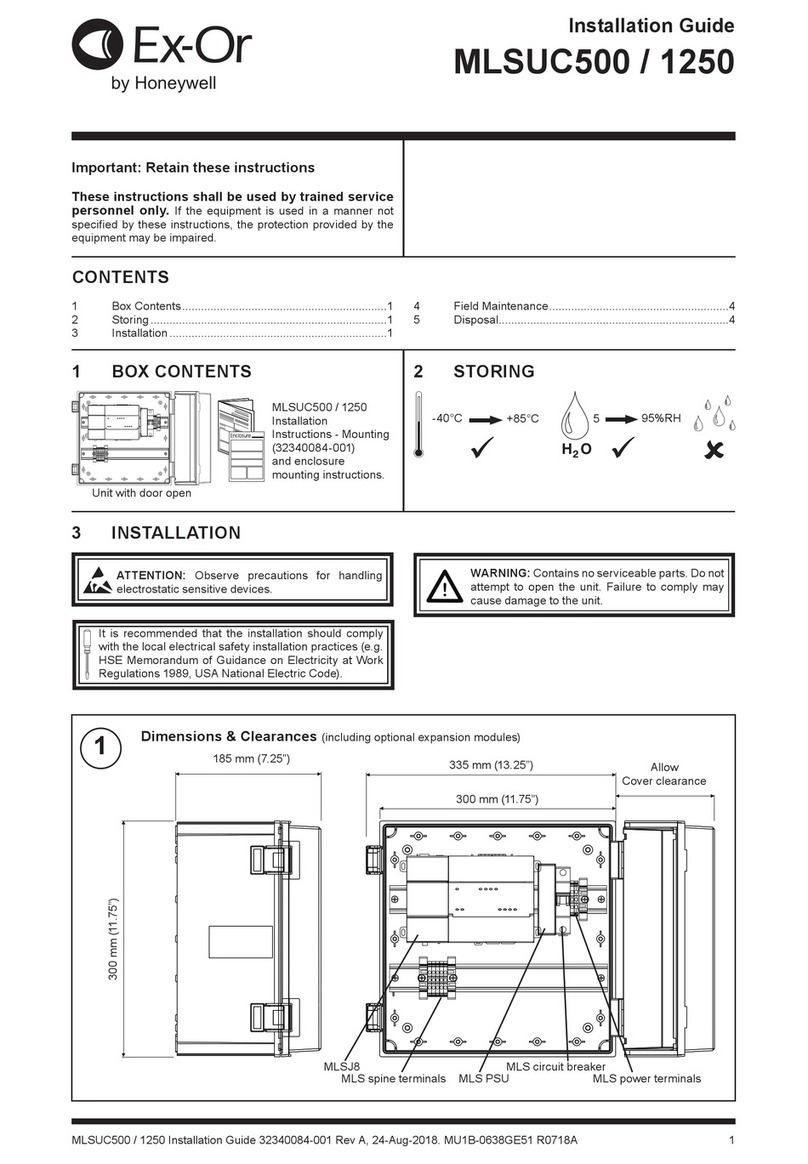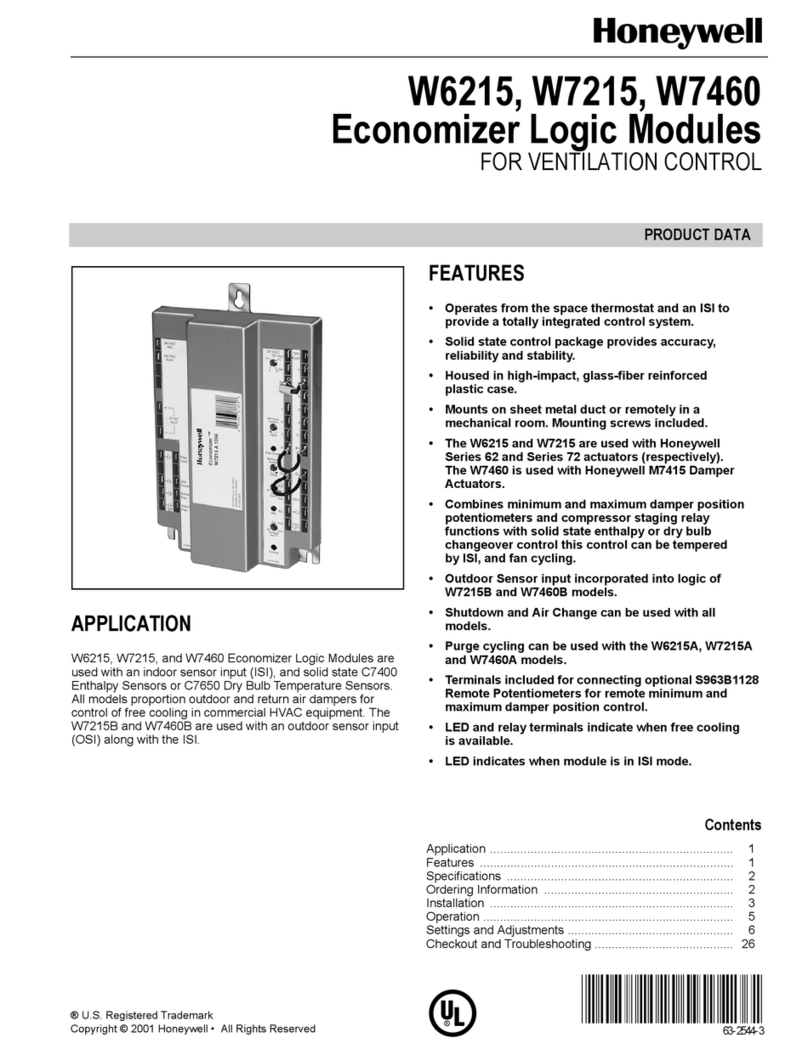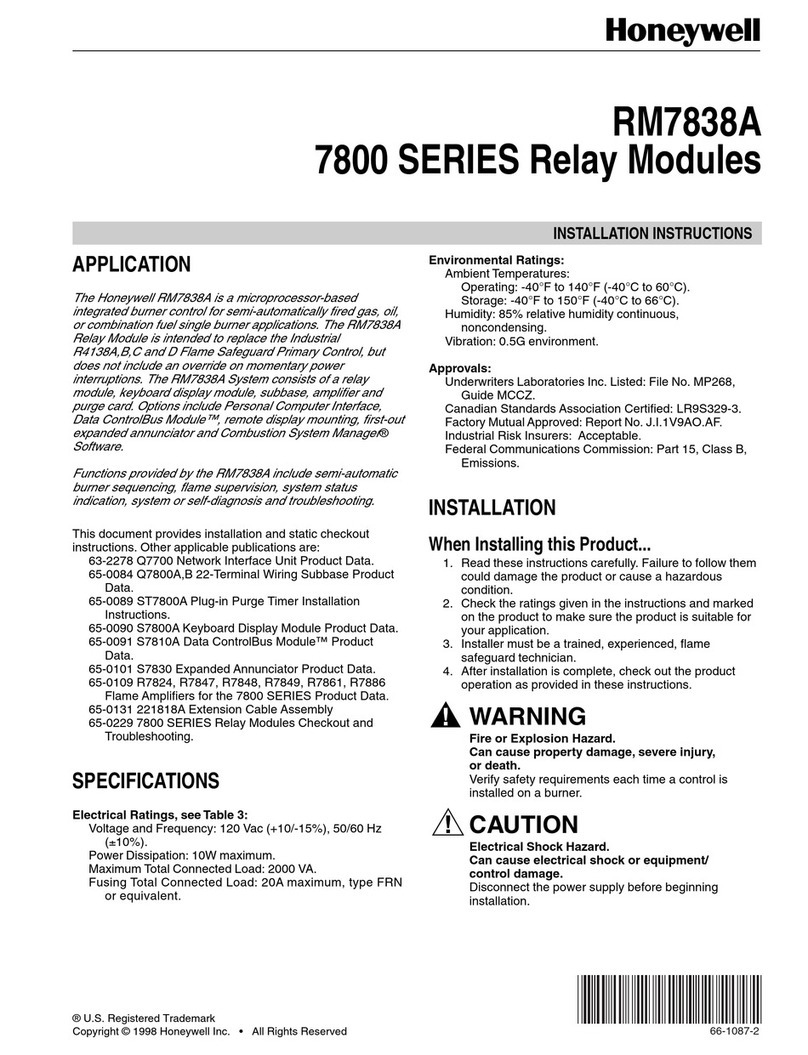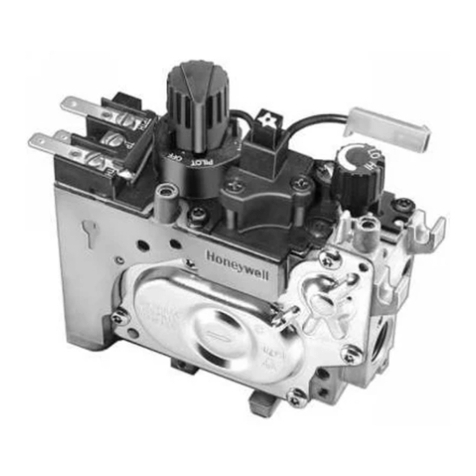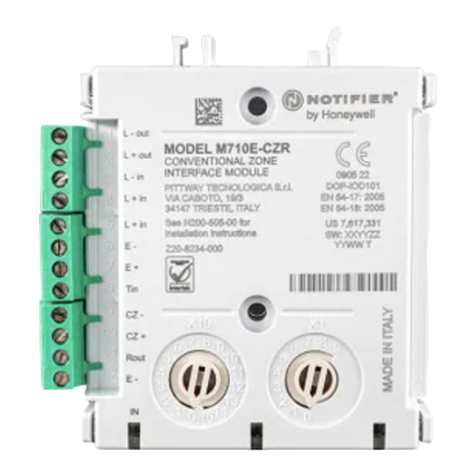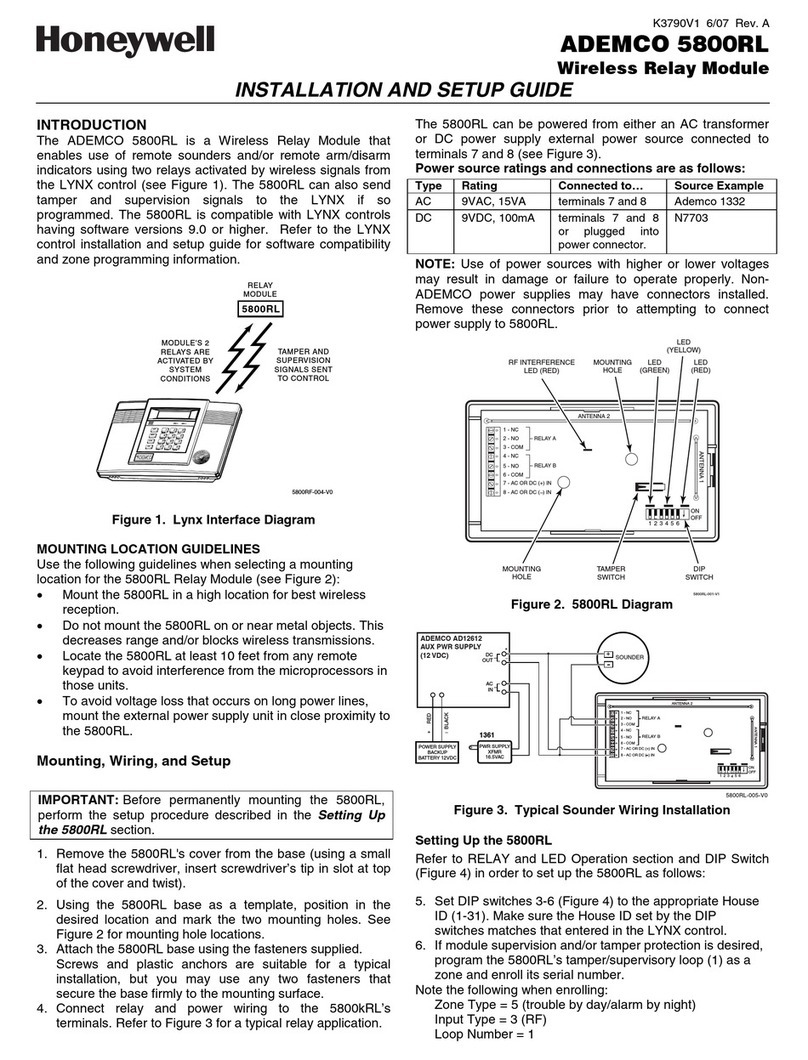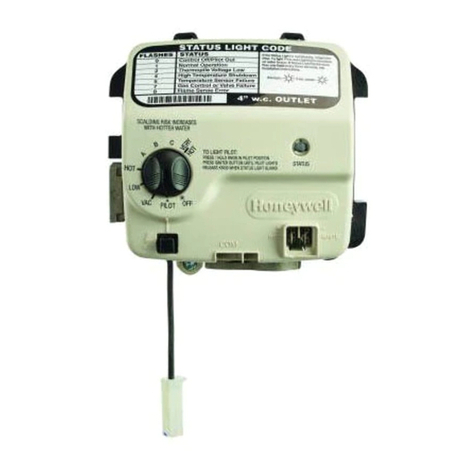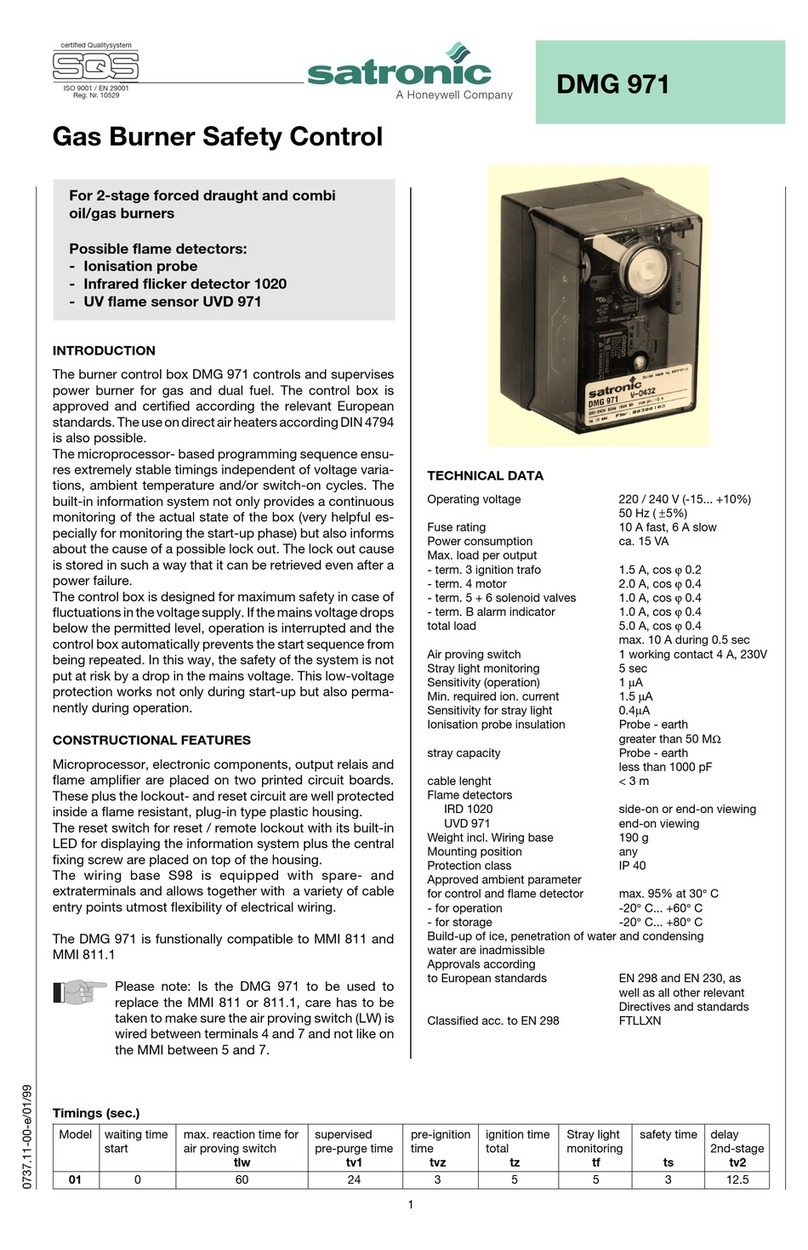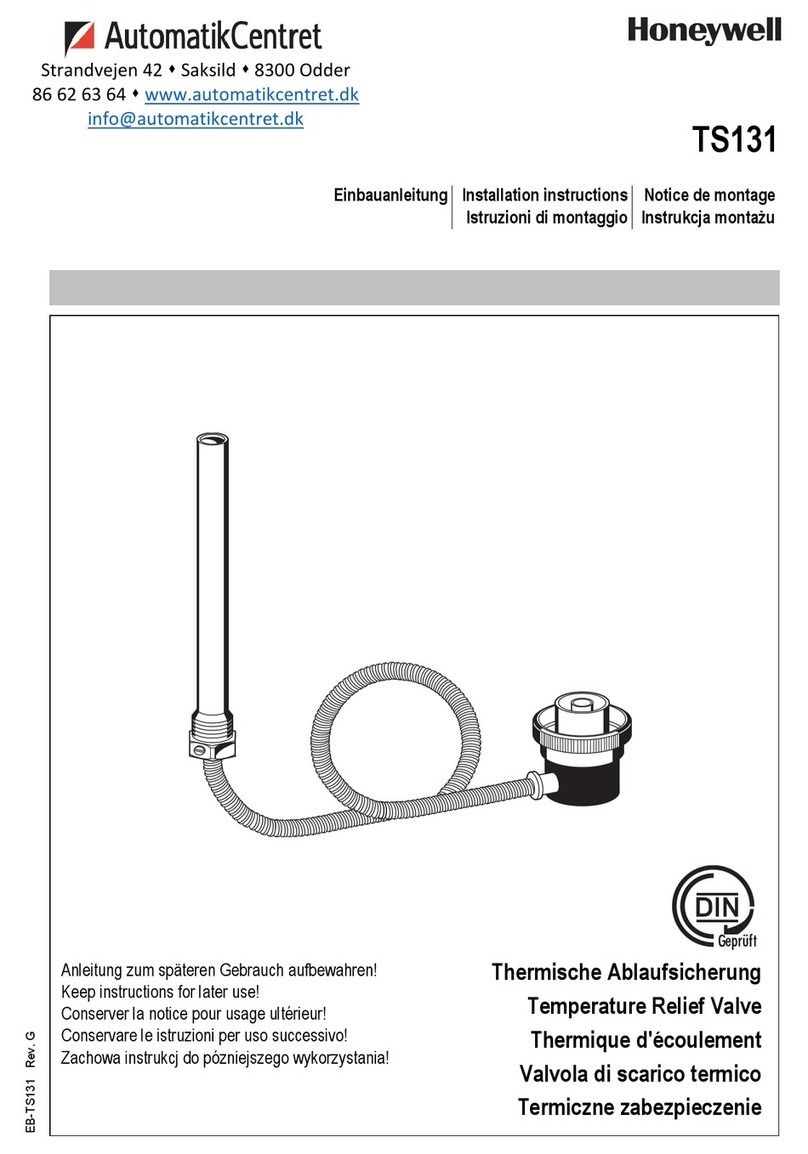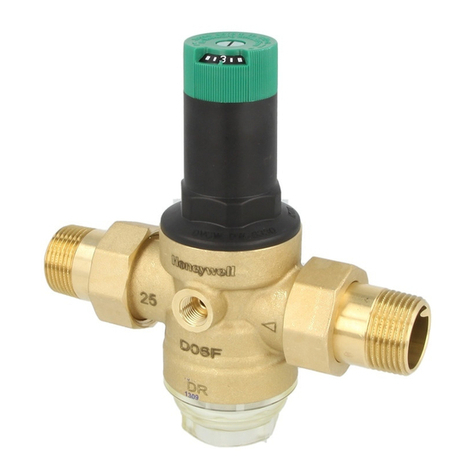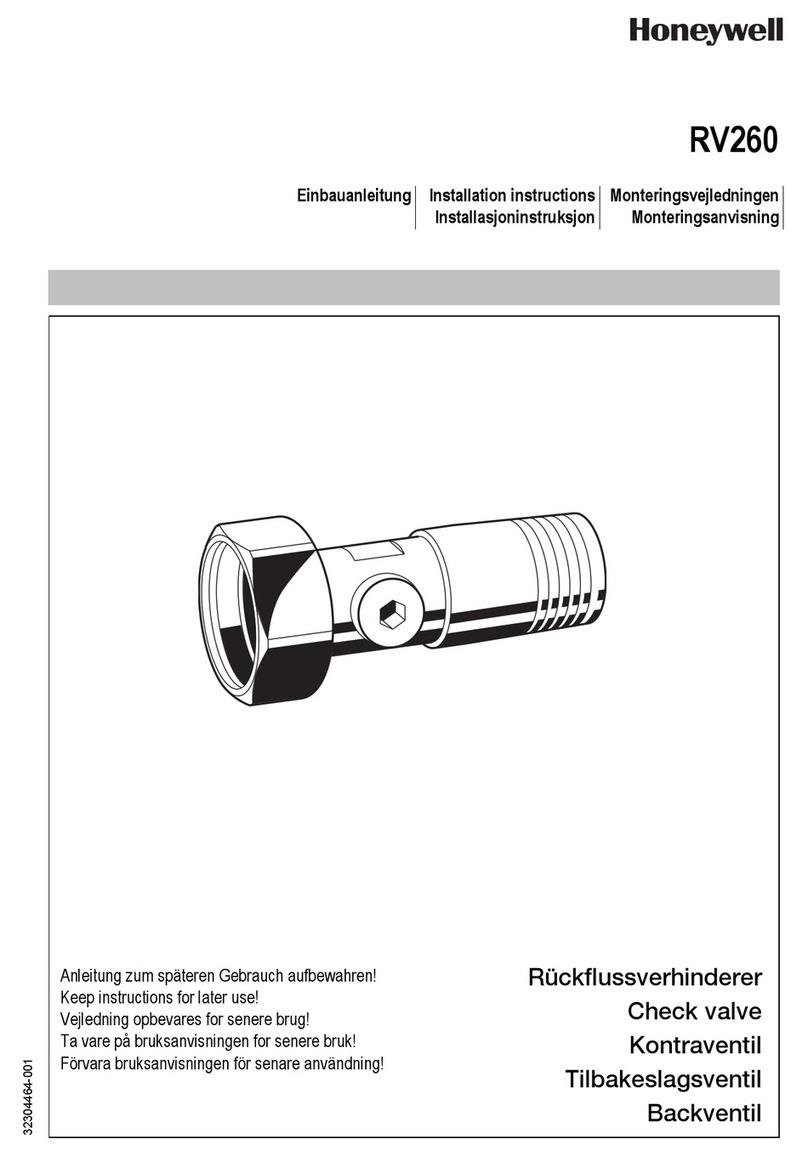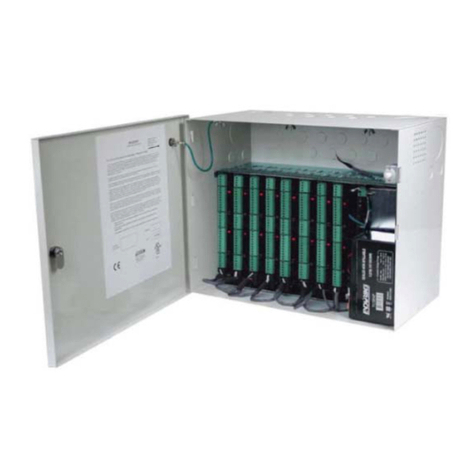
PFU 780 · Edition 02.12l 2
▼= To be continued
Table of contents
Burner control unit PFU 780.........................1
Table of contents ....................................2
1 Application ........................................4
1.1 Examples of application ...........................6
1.1.1 Stage-controlled main burner with alternating
pilot burner ..................................................6
1.1.2 Stage-controlled main burner with permanent
pilot burner ..................................................7
1.1.3 Modulating-controlled burner ........................8
1.1.4 PFU 780..D: High temperature equipment............9
2 Certification ..................................... 10
3 Function ..........................................11
3.1 Connection diagram ..............................11
3.1.1 PFU 780 ..............................................11
3.1.2 PFU 780..K2 .........................................12
3.2 PFU 780 program sequence......................13
3.3 Program status and fault messages..............16
4 Parameters .......................................18
4.1 Scanning the parameters.........................19
4.2 Flame control . . . . . . . . . . . . . . . . . . . . . . . . . . . . . . . . . . . . 20
4.2.1 Flame signal, pilot burner ...........................20
4.2.2 Flame signal, main burner...........................20
4.2.3 Program status when the most recent fault
occurred . . . . . . . . . . . . . . . . . . . . . . . . . . . . . . . . . . . . . . . . . . . . . . . . . . . 20
4.2.4 Switch-off threshold of the flame amplifier.........20
4.2.5 High temperature operation with PFU..D . . . . . . . . . . . .21
4.2.6 UVS check ...........................................24
4.3 Pilot and main burner monitoring ................25
4.3.1 Permanent pilot burner...............................27
4.3.2 Interrupted pilot burner .............................28
4.4 Behaviour in start-up position/standby ..........29
4.4.1 Flame simulation check in start-up position/
standby ....................................................29
4.4.2 Minimum burner pause time tBP ....................30
4.5 Behaviour during start-up ........................31
4.5.1 Safety time on start-up tSA ..........................31
4.5.2 Flame proving period tFS ........................... 32
4.5.3 Minimum combustion time tB...................... 32
4.5.4 Burner start-up attempts ...........................33
4.6 Behaviour during operation.......................35
4.6.1 Safety time during operation tSB for pilot and main
burners ....................................................35
4.6.2 Fault lock-out or restart, pilot burner ...............35
4.6.3 Fault lock-out or restart, main burner................37
4.7 Air valve control PFU..L ...........................39
4.7.1 Purge.................................................39
4.7.2 Cooling in start-up position/standby ...............39
4.7.3 Burner start ..........................................39
4.7.4 Air valve opens in the case of external activation
(not during start-up).......................................40
4.7.5 Air valve opens in the case of external activation
(even during start-up) ......................................41
4.7.6 Air valve opens with valve V2 ........................ 42
4.7.7 Air valve opens with operating signal ................43
4.7.8 Low fire over run time tKN after a normal shut-down44
4.7.9 Behaviour of the air valve in the event of a fault
lock-out....................................................45
4.8 Manual operation ................................ 46
4.8.1 Manual mode limited to 5 minutes..................46
4.9 Password .........................................47
5 Selection ........................................ 48
5.1 Calculating the safety time tSA .................. 48
5.2 Selection table ....................................49
5.2.1 Type code............................................49
6 Project planning information .................... 50
6.1 Cable selection .................................. 50
6.1.1 Ignition cable ........................................50
6.1.2 Ionisation cable .....................................50
6.1.3 UVLeitung ..........................................50
6.2 Ignition electrode ................................ 50
6.2.1 Electrode gap .......................................50
